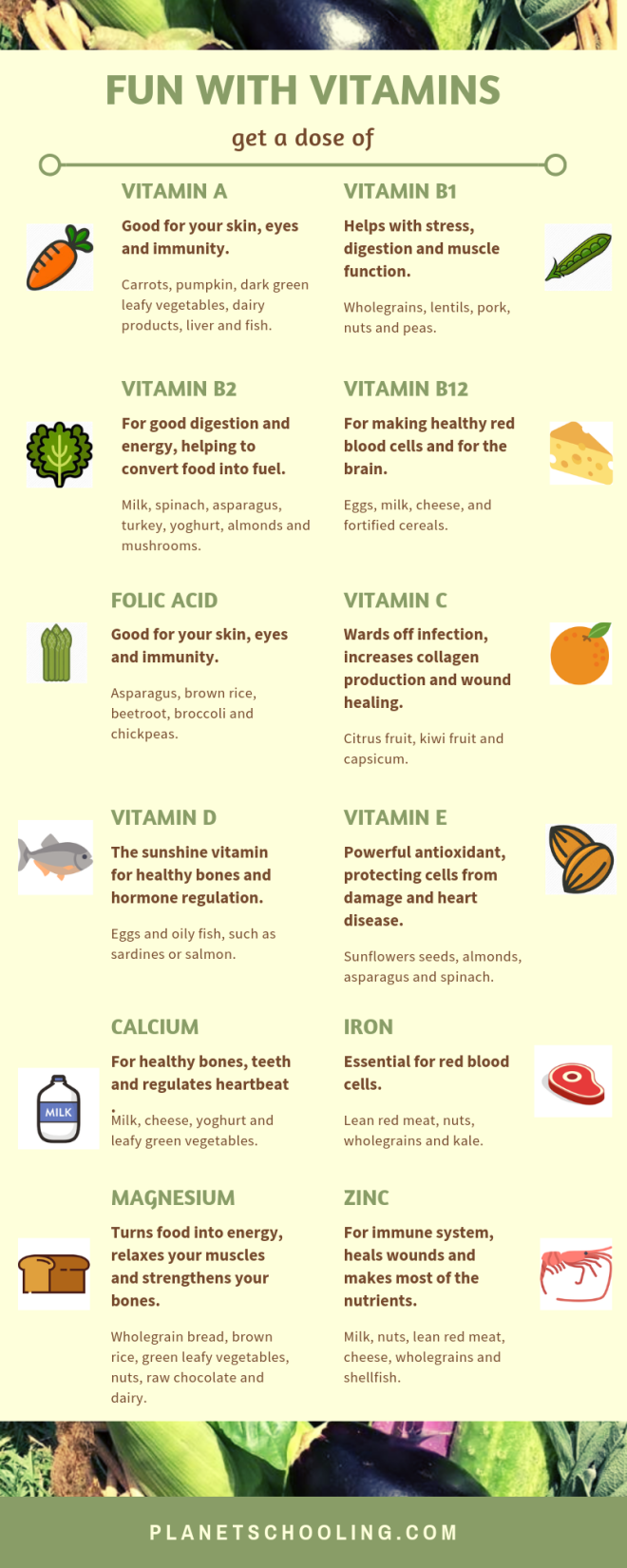Aloe vera is one of those plants that everyone should have in their garden. It has been used for centuries to heal burns, moisturiser the skin and sooth irritations. It is believed that Aristotle told Alexander the Great, to use aloe vera to treat wounded soldiers and Cleopatra also used aloe in her daily skin treatments. I am using the aloe vera gel to make my own hand sanitiser. The aloe vera in the hand sanitiser moisturises the hands.
Making Aloe vera gel
Making gel from aloe vera is simple. Since aloe vera gel is perishable, it
is best not to make a large batch at once. Cutting just a leaf or two, especially if they’re large, should be sufficient to make 1/2 to 1 cup of gel. If it is a small plant, cut one leaf at a time and wait until another starts to grow.
Aloe vera helps to remove harmful pollutants known as VOCs from the air.
What you will need:
- Aloe leaf
- Sharp knife and vegetable peeler
- Sterilised jar
- Optional: 500mg powdered Vitamin C
 Instructions
Instructions
1. With a sharp knife, cut the thickest outer leaf on the aloe vera plant, near the base of the plant. The outer leaves are older and should be the thickest, containing plenty of fresh gel.
2. Wash/wipe away any dirt.
3. Place the leaf upright in a cup to let the dark yellow resin drain out. Drain the resin for 5 minutes or so. The resin can be slightly irritating to skin. Wipe any residue from the leaf with a cloth.
4. With a knife and vegetable peeler, remove the outer skin, both front and back. If you have large leaves, it may be helpful to cut them into smaller pieces before peeling.
5. Place the ‘see through’ gel into a bowl. If you are having difficulty cutting the green outer skin, use a small spoon to scoop the gel into a bowl. 6. Once you have sufficient aloe, place the pieces into a blender and process until smooth. You will notice that the aloe vera may become a little foamy. After awhile, the foam will settle.
6. Once you have sufficient aloe, place the pieces into a blender and process until smooth. You will notice that the aloe vera may become a little foamy. After awhile, the foam will settle.
If you are planning to store the aloe vera gel for over a month, mix gel with a natural preservative. Blend 500mg of powdered Vitamin C for every 1/4 cup of gel you make.
7. Place the gel in a sterilized glass jar and store in the fridge for a week or two. If you used the preservative, the gel will keep for several months in the refrigerator. Place the peel into the compost bin or place around a tree as mulch
Place the peel into the compost bin or place around a tree as mulch
Apply the aloe vera gel to sunburn or other minor surface burns or itches. Aloe vera can also be used as a skin moisturizer or an ingredient in homemade body products, such as the hand sanitiser. Check out the recipe.











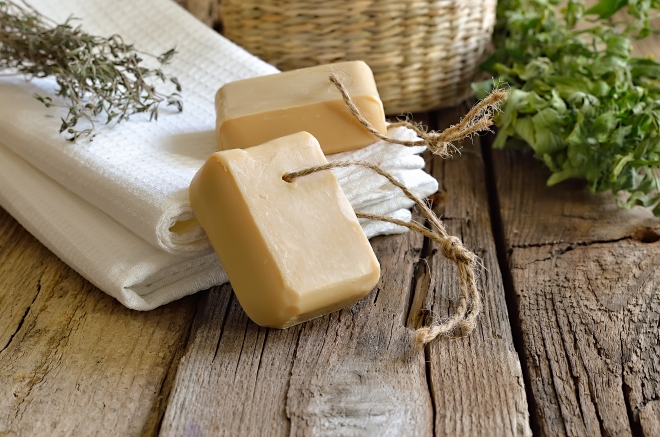




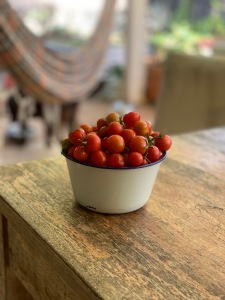


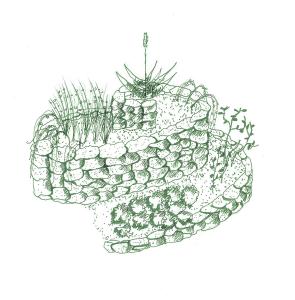

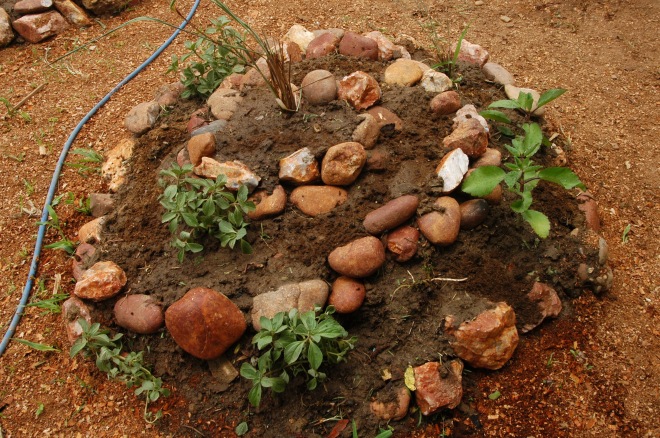



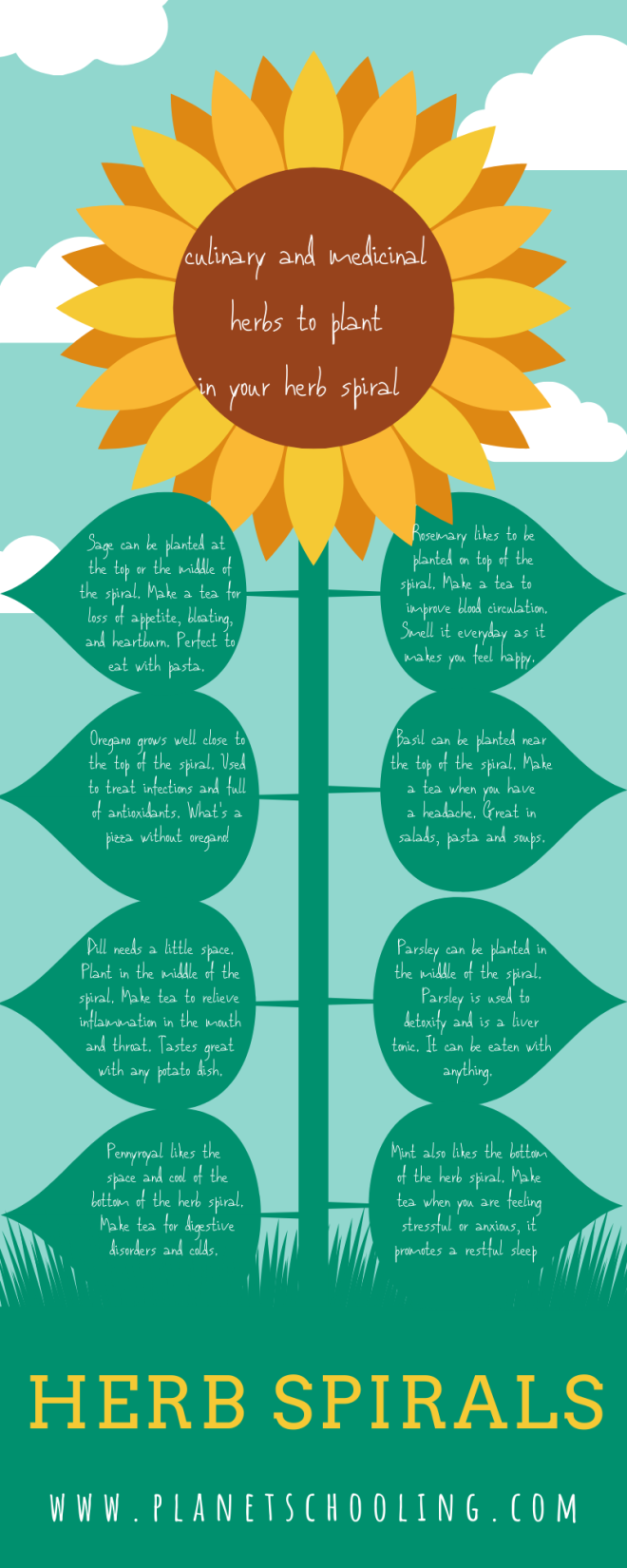

 Place in oven for approximately 30 minutes (200 °C). If you find that you have too much batter, simply pop it in the fridge for the next day.
Place in oven for approximately 30 minutes (200 °C). If you find that you have too much batter, simply pop it in the fridge for the next day.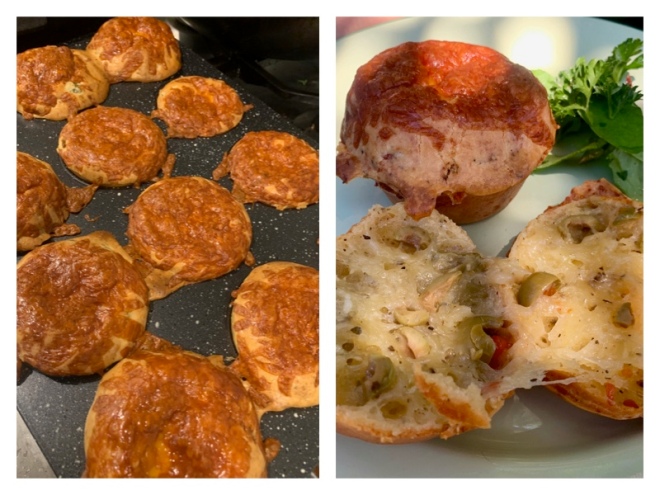 Tapioca flour is made from manioca/cassava. Tapioca flour is found cheap in most Asian supermarkets. You can either use sweet or sour tapioca flour.
Tapioca flour is made from manioca/cassava. Tapioca flour is found cheap in most Asian supermarkets. You can either use sweet or sour tapioca flour.
 Research tells us something many mothers already know, that when children are involved in growing, preparing and cooking their own food they are more likely to eat it.
Research tells us something many mothers already know, that when children are involved in growing, preparing and cooking their own food they are more likely to eat it. However, if you don’t allow you child to taste sugar at all throughout their childhood the chances of them becoming highly “addicted“ to it throughout their teenage years is much greater. Teenagers tastebuds have a greater affinity to sweet things. So the trick is to find a happy medium.
However, if you don’t allow you child to taste sugar at all throughout their childhood the chances of them becoming highly “addicted“ to it throughout their teenage years is much greater. Teenagers tastebuds have a greater affinity to sweet things. So the trick is to find a happy medium.